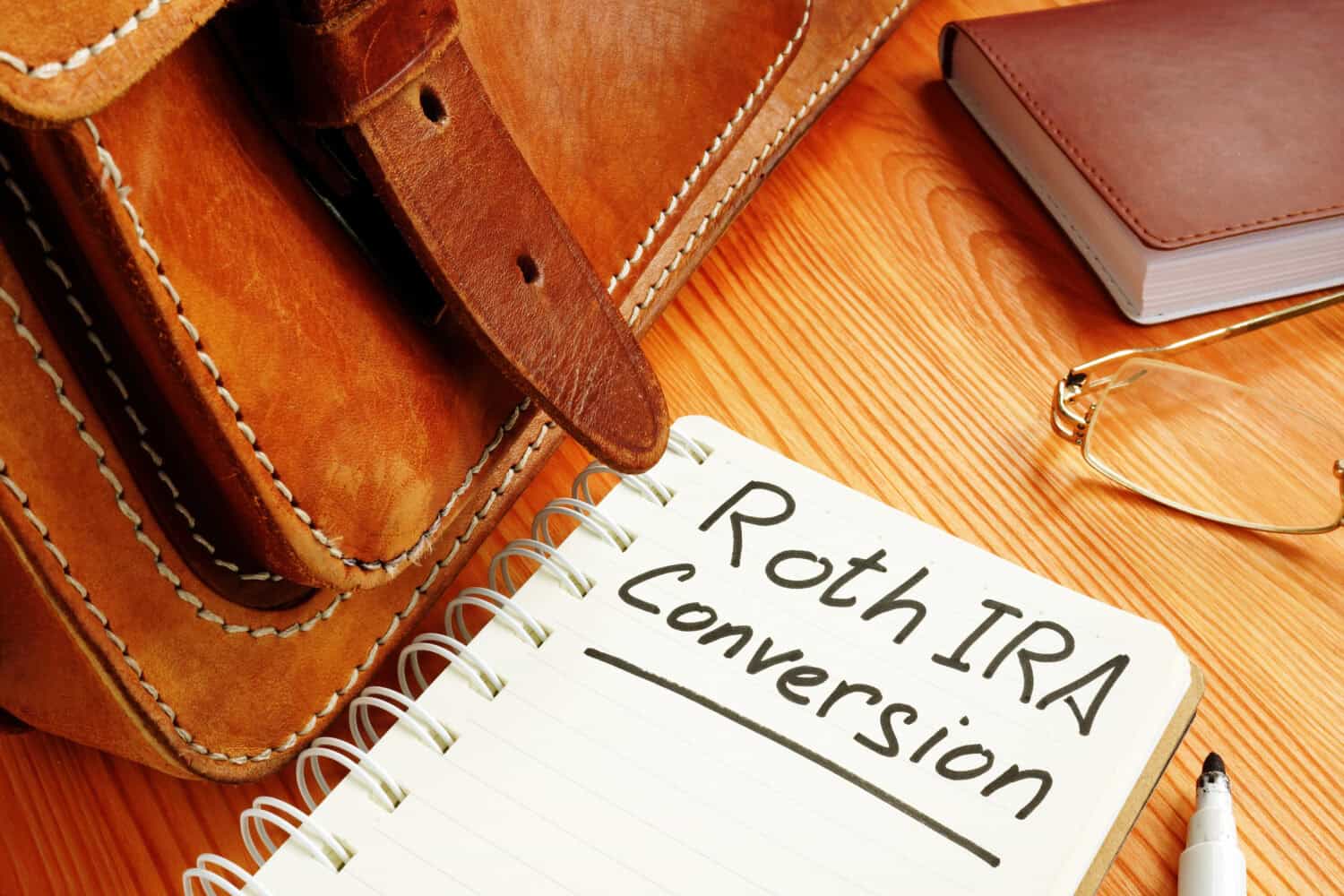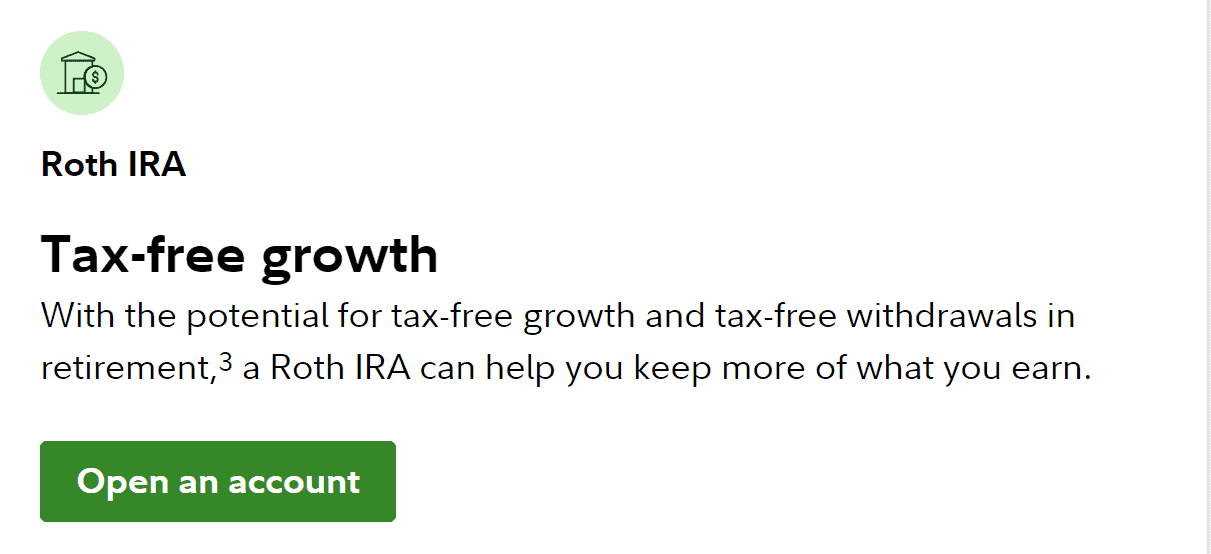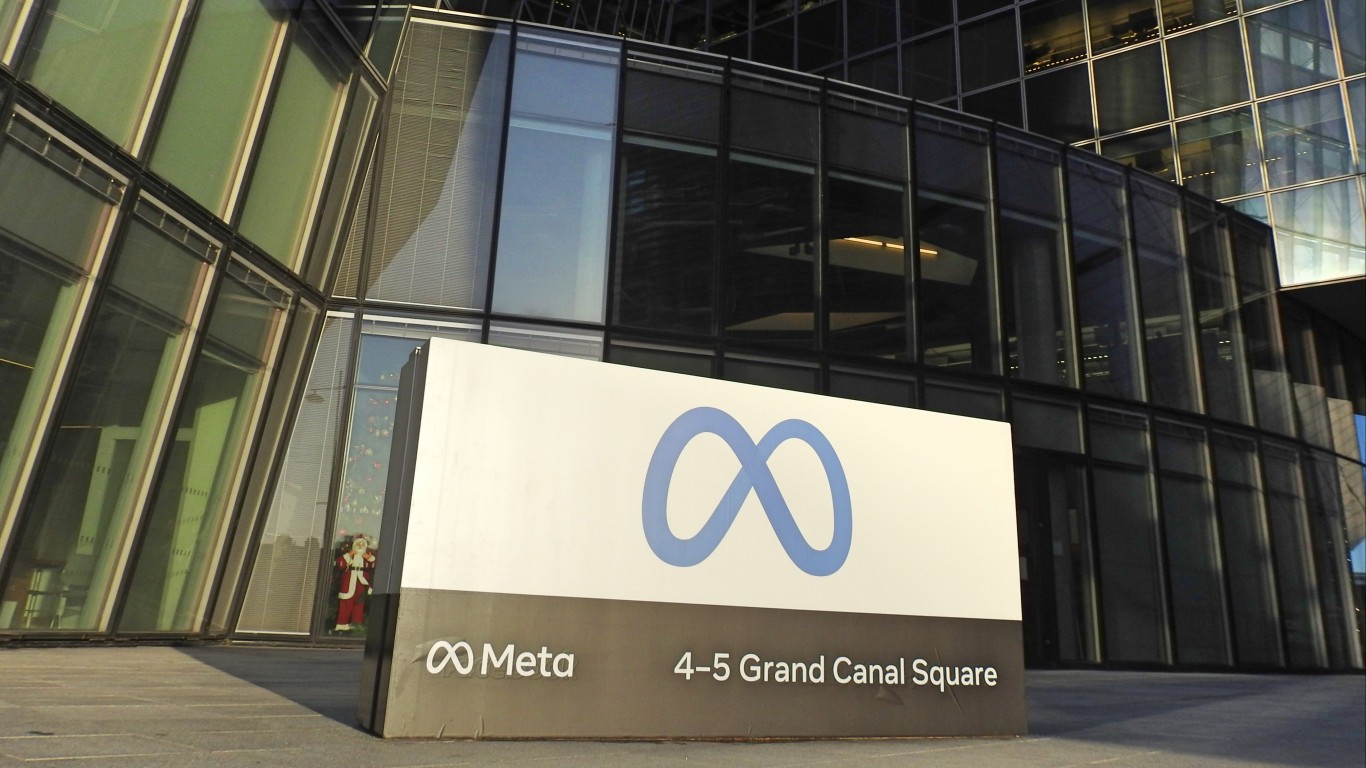
With the backdoor Roth IRA strategy, you move nondeductible contributions from a traditional IRA to a Roth IRA and thereby benefit from potential tax-free growth and qualified tax-free withdrawals from the Roth IRA at retirement.
It can be especially beneficial for those who earn too much to contribute to a Roth IRA directly or those who don’t have a Roth 401(k) plan option at work. And unlike a traditional IRA, a Roth IRA doesn’t require you to take required minimum distributions (RMD) when you reach age 73.
But be warned. Going through the backdoor can lead to a tax pitfall. So it’s crucial that you understand key facts about the backdoor Roth IRA process, which you can complete through financial institutions like Fidelity.
Also, be aware that the Biden Administration has expressed interests in targeting backdoor Roth IRA conversions.
In any case, you should always consult your tax advisor as you go through the backdoor Roth IRA process.
What is a backdoor Roth IRA?

A backdoor Roth IRA isn’t a specific type of IRA. It’s the name given to a strategy of converting non deductible contributions or contributions you haven’t taken tax deductions from in a traditional IRA to a Roth IRA.
If you make too much money to go through the front door of opening a Roth IRA, it can be useful.
For 2024, the income limit for directly contributing to a Roth IRA is $161,000 for single filers and $240,000 for married individuals filing jointly.
How to set up a backdoor Roth IRA with Fidelity

The process of kicking off the backdoor Roth IRA process is fairly straightforward with Fidelity. And these are some steps you could take.
1. Open a traditional IRA with Fidelity
To open a traditional IRA with Fidelity, visit their Retirement & IRAs page and click on the “Open an account button.” You can choose from a self-directed IRA or the Fidelity GO robo-advisor option.

You’d need to provide some personal information like your Social Security number and address. You’d also need to link your bank account to fund the IRA.
2. Invest in your Fidelity IRA
Alvin Carlos, a certified financial planner (CFP) and founder of D.C.-based District Capital Management recommends that you spend a few months making nondeductible contributions to your new IRA rather than immediately converting your first contribution to a Roth IRA in order to avoid a complex IRS issue called the Step Transaction Doctrine.
So you can begin investing in your Fidelity IRA and allow it to grow. Fidelity offers access to some key benefits like zero-expense-ratio mutual funds and robust investment research tools like the Active Trader Pro platform.
3. Open a Fidelity Roth IRA

After you’ve invested in your Fidelity traditional IRA, the process to open a Fidelity Roth IRA is fairly simple. You visit the Fidelity Retirement & IRA page and click on open an account. This would be similar to opening a traditional IRA with Fidelity. You’d provide personal information and link a bank account to fund the Roth IRA.
4. Convert your traditional Fidelity IRA to a Fidelity Roth IRA
To start the conversion process, visit the Fidelity IRA conversion page and click on get started. Then, follow the prompts. This process would allow you to convert your nondeductible Fidelity IRA contributions to a Roth IRA. And there you have it. You’ve completed the backdoor Roth IRA process.

Just remember to not take any deductions on your traditional IRA between the time you invest in your traditional IRA and begin the Roth conversion process. And be sure to report nondeductible contributions on your IRS Form 8606 and file it with your tax returns.
Another point to consider is that once you have your new Roth IRA, it’ll follow the five year rule. In order to make tax-free qualified withdrawals from your Roth IRA, you generally need to be at least 59.5-years-old and have had the converted funds in the account for at least five years. So if you’d need the money within five years, a backdoor Roth IRA may not be a great idea.
Important backdoor Roth IRA tax rules

Going through the backdoor Roth IRA process can result in a major tax bill. So it’s important to understand the tax implications and consult a tax professional.
One point to keep in mind is that the earnings even on nondeductible contributions would be taxed as ordinary income in a Roth conversion.
“When you do your taxes, make sure that line 4b of your 1040 reflects only the earnings and not your contribution,” Carlos said.
Another very important point to consider is whether you have multiple traditional IRAs for which you’ve made tax-deductible contributions to. That’s because the tax liability in a backdoor Roth IRA conversion would be based on the IRS aggregation rule. The IRS views all your IRAs as a single entity.
Here’s how it works. Let’s say you have a total of $60,000 across all your traditional IRAs. Suppose 90% of this is made of deductible contributions and 10% is made up of nondeductible contributions. If you’d want to convert $6,000 worth of nondeductible contributions to a Roth IRA, 90% of that conversion would be taxed as ordinary income. So you’d pay your applicable tax rate on 90% of those $6,000 or $5,400.
The conversion could effectively put you in a higher tax bracket. And you’d also need to consider any applicable state and local taxes you may have to deal with.
And note that when it comes to direct Roth IRA contributions, you can generally withdraw these contributions (But not earnings) penalty-free and tax-free at any time.
It’s a bit different when it comes to Roth IRA conversions.
“You can still withdraw contributions on a backdoor Roth conversion without taxes and penalty, as long as 5 years have passed since the conversion,” Carlos said.
Why we covered this

The backdoor IRA process can be beneficial for those who don’t meet the income requirements to directly contribute to a Roth IRA. Afterward, you could take advantage of qualified tax-free withdrawals. However, you need to follow very important rules tied to backdoor Roth IRA conversions. So we created this guide to help you understand the process as it relates to accounts with Fidelity. But it’s always important to seek advice from a tax professional when going about the backdoor Roth IRA process.
If you want to learn more about Fidelity, check out our regularly-updated list of Fidelity Investments guides, news, and coverage.
100 Million Americans Are Missing This Crucial Retirement Tool
The thought of burdening your family with a financial disaster is most Americans’ nightmare. However, recent studies show that over 100 million Americans still don’t have proper life insurance in the event they pass away.
Life insurance can bring peace of mind – ensuring your loved ones are safeguarded against unforeseen expenses and debts. With premiums often lower than expected and a variety of plans tailored to different life stages and health conditions, securing a policy is more accessible than ever.
A quick, no-obligation quote can provide valuable insight into what’s available and what might best suit your family’s needs. Life insurance is a simple step you can take today to help secure peace of mind for your loved ones tomorrow.
Click here to learn how to get a quote in just a few minutes.
Thank you for reading! Have some feedback for us?
Contact the 24/7 Wall St. editorial team.



